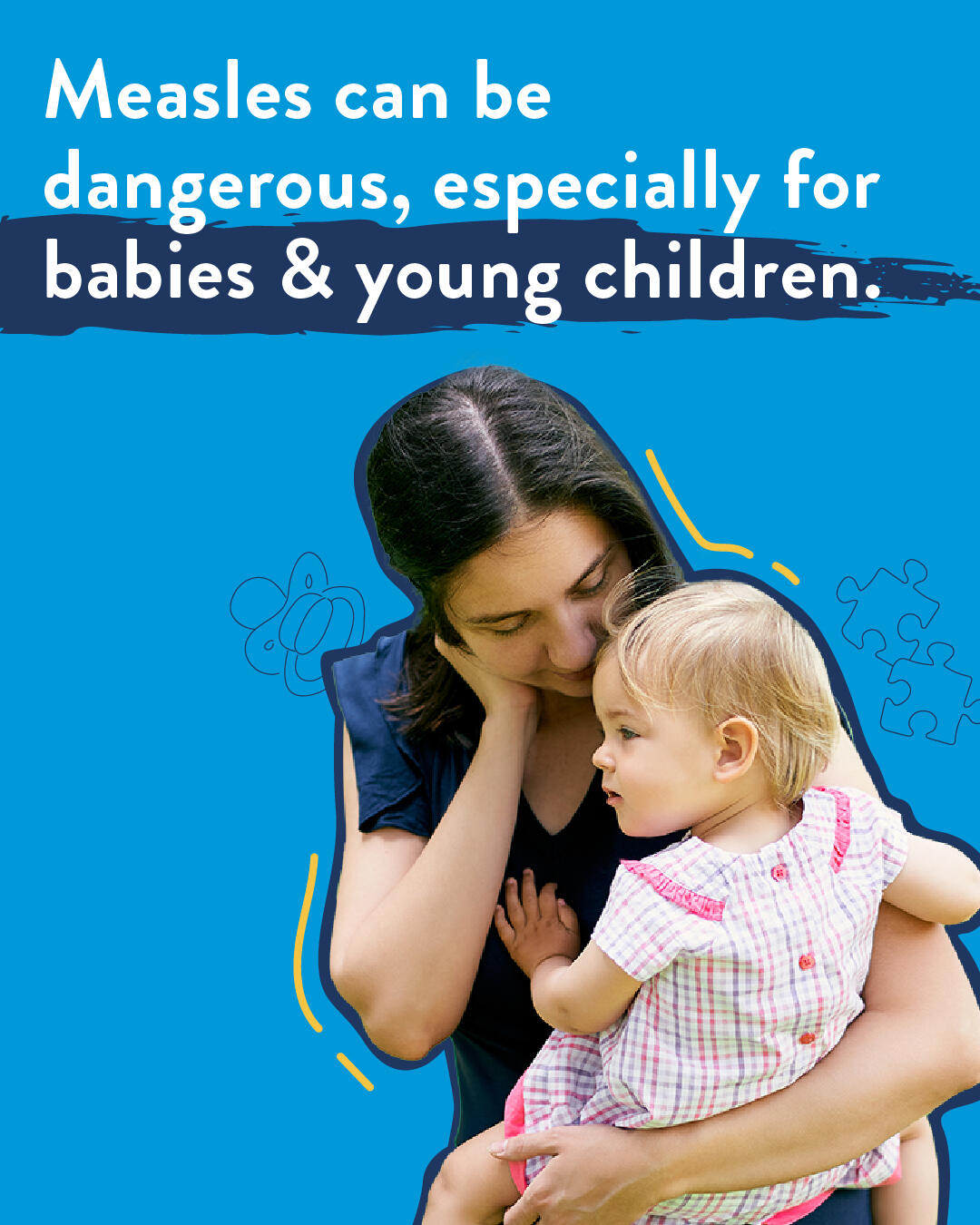If you suspect a measles case, immediately notify the Health Department by calling 802-863-7240 (option 2). Someone is available 24/7 to take your call. Do not refer suspect measles cases to an emergency department unless medically indicated.
Preparing for Measles Webinar: Update for Vermont Health Care Providers
(Sept. 2024)
A health care provider-focused webinar on measles epidemiology and recommendations for testing and prevention. Topics covered include epidemiology of measles in the U.S., clinical features, specimen collection and testing, infection prevention, post-exposure prophylaxis and vaccination.

